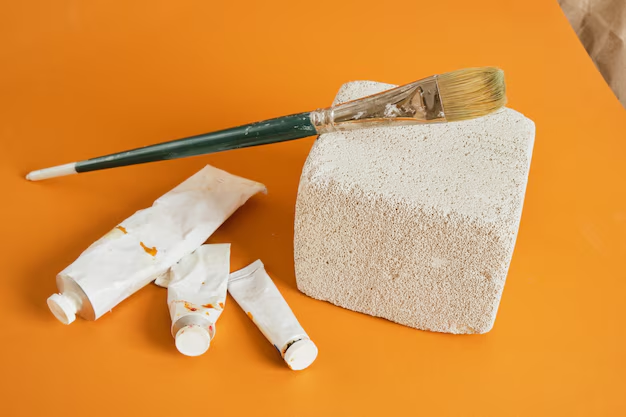Discover the Green Advantage: Using Eco-Friendly Paints and Finishes at Home
When it comes to refreshing your home's look with a fresh coat of paint, eco-friendly products offer a smart and sustainable choice. Not only do these paints contribute to a healthier indoor environment by reducing toxins, but they also play a part in protecting our planet. However, knowing how to use eco-friendly paints and finishes effectively is key to maximizing their benefits.
Understanding Eco-Friendly Paints
Eco-friendly paints, often known as low-VOC (volatile organic compounds) or zero-VOC paints, are designed to release minimal harmful emissions. Traditional paints can emit a significant amount of VOCs into the atmosphere, leading to health problems and environmental damage. In contrast, eco-friendly options prioritize both sustainability and safety, making them ideal for those looking to reduce their ecological footprint.
Choosing the Right Product
Before making a purchase, consider the following tips to ensure you select the best eco-friendly paint for your needs:
Check Labels: Look for labels such as "Green Seal" or "Greenguard Certified." These certifications indicate the paint meets rigorous environmental standards.
Assess Ingredients: Opt for paints with natural ingredients such as clay, milk protein, and limestone, which are biodegradable and non-toxic.
Color Choices: Some eco-friendly paints come in a limited range of colors. Verify that the brand you choose offers the shades that match your vision.
Preparing Your Space
Before applying eco-friendly paint, proper preparation is crucial. Start by ensuring surfaces are clean, dry, and free from grease or dust. Sand any imperfections on the walls for a smooth canvas. Additionally, using eco-friendly primers can help in achieving better adherence and a more vibrant finish.
Eco-Friendly Finishing Touches
To complement your green paint, consider these eco-friendly finishing touches:
Furniture and Fixtures: Choose sustainable materials like bamboo or reclaimed wood for your furniture. This not only supports eco-friendly practices but also adds a unique aesthetic to your home.
Fabrics: Use natural textiles like cotton or linen for curtains and upholstery. These materials are not only eco-conscious but also breathable and comfy.
Maximizing Long-Term Benefits
Using eco-friendly paints and finishes is just one part of creating a sustainable home. To capitalize on their long-term benefits, consider these strategies:
Energy Efficiency: Seal gaps around windows and doors to improve insulation. This will reduce energy usage and complement your eco-friendly efforts.
Holistic Sustainability: Combine eco-friendly products with sustainable practices such as recycling and using energy-efficient appliances.
Financial Tips for Sustainable Living
Transitioning to eco-friendly solutions often comes with a financial cost, but several options can ease the burden:
Government Incentives: Many regions offer rebates or tax credits for eco-friendly home improvements. Check if your project qualifies for any such offers.
DIY Solutions: Reduce costs by tackling painting projects or minor home upgrades yourself.
Eco-Friendly Grants: Research grants available for sustainable living projects. These can cover costs related to materials and labor.
By understanding how to use eco-friendly paints and finishes, you’re not just committing to a healthier home but also contributing to a more sustainable future. It's an investment that not only elevates your living space but also nurtures the environment.
Financial Support for Eco-Friendly Upgrades 🌿💰
- ✅ Government Tax Credits: Check local programs for credits on home improvements.
- 🏠 Insulation Rebates: Available in many areas to promote energy efficiency.
- 🛠 DIY Workshops: Free or low-cost classes on sustainable home renovations.
- 📚 Green Home Grants: Grants specifically for eco-friendly housing projects.
Choosing eco-friendly paints and finishes is a meaningful step toward sustainable living. Explore these financial options to make your green initiatives more affordable and effective.
